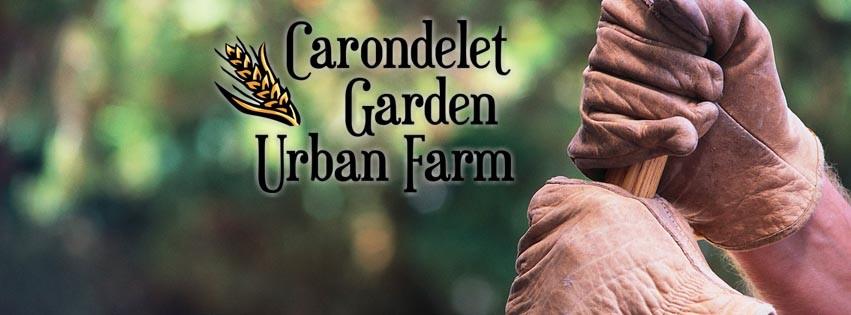Old world methods often suggest soaking the cut stems for up to a month in water. Most new methods suggest using 48 to 72 hour extraction process and those are available. What both of these systems lack is that most scientists agree the hormone itself is alcohol soluble. Our method fixes that and make a more concentrated tea.
Carondelet Willow tea
Gather willow branches from the first or second years growth that are green and yellow do not harvest any brown branches. Cut these branches into 1-2 inch pieces and place at the bottom of the 5 gallon bucket filling that bucket about a third of the way loosely. Pour a gallon and a half of boiling water on top of these branches and carefully place a dinner plate on top those branches. Safely use something to force the dinner plate down , making sure that the Willow branches are below the surface of the water. Allow this to sit overnight and cool. The next day add 2 shots of vodka 2 to gallons of water and pour this mixture over the dinnerplate making sure again that the plate is forcing the material below the surface of the water. Allow this to sit for 4 to 5 days. The alcohol will not only help you extract more of the hormone but after a few days time it would begin to disappear from the solution altogether. You may now remove the dinner plate and remove the cut Willow branches. Then what's next is pouring off your liquid rooting supercharger into recycled ( if possible ) gallon jugs that you can store in the refrigerator for months.You can use this to water cuttings or use it to stimulate root growth when planting starters. We use it when transplanting anything to help reduce system shock and to encourage quick root growth. We have proven through experiments that seedlings watered with this grew faster than those that weren't. However you make your tea just remember that science in the garden can be fun as well as rewarding.















